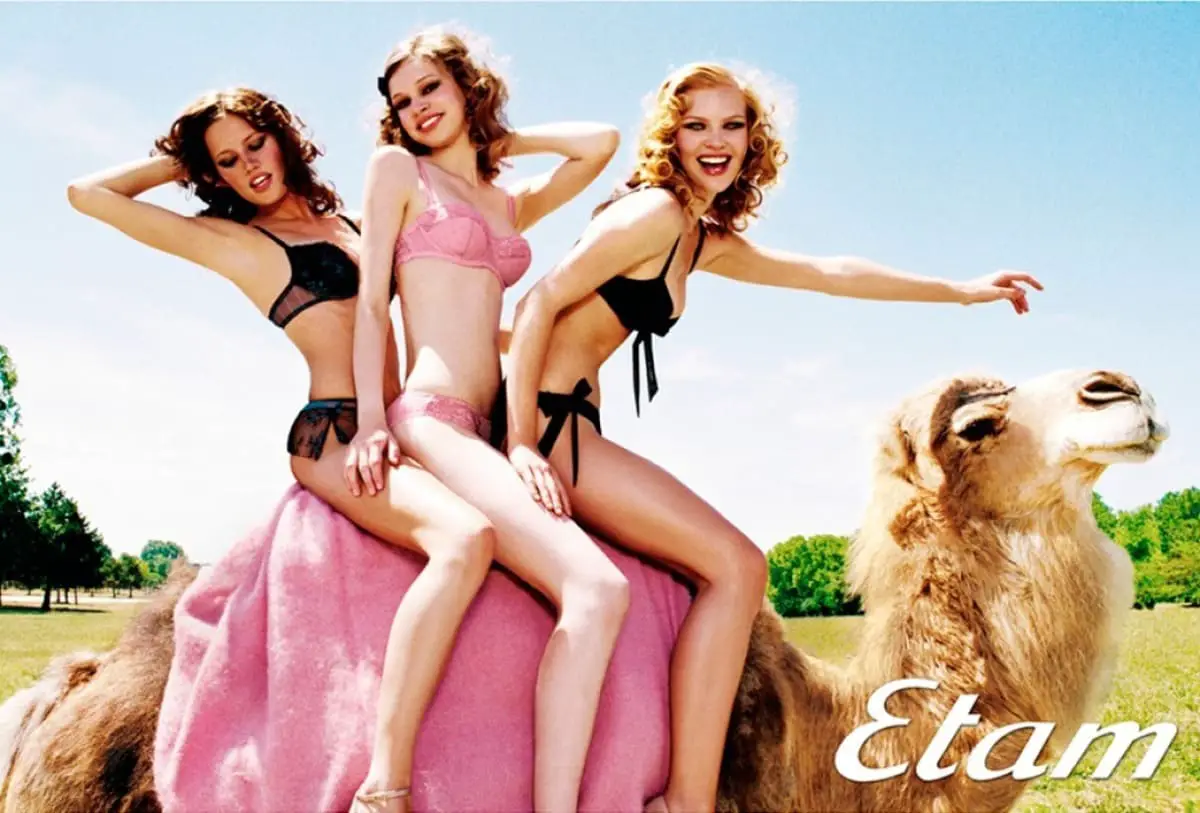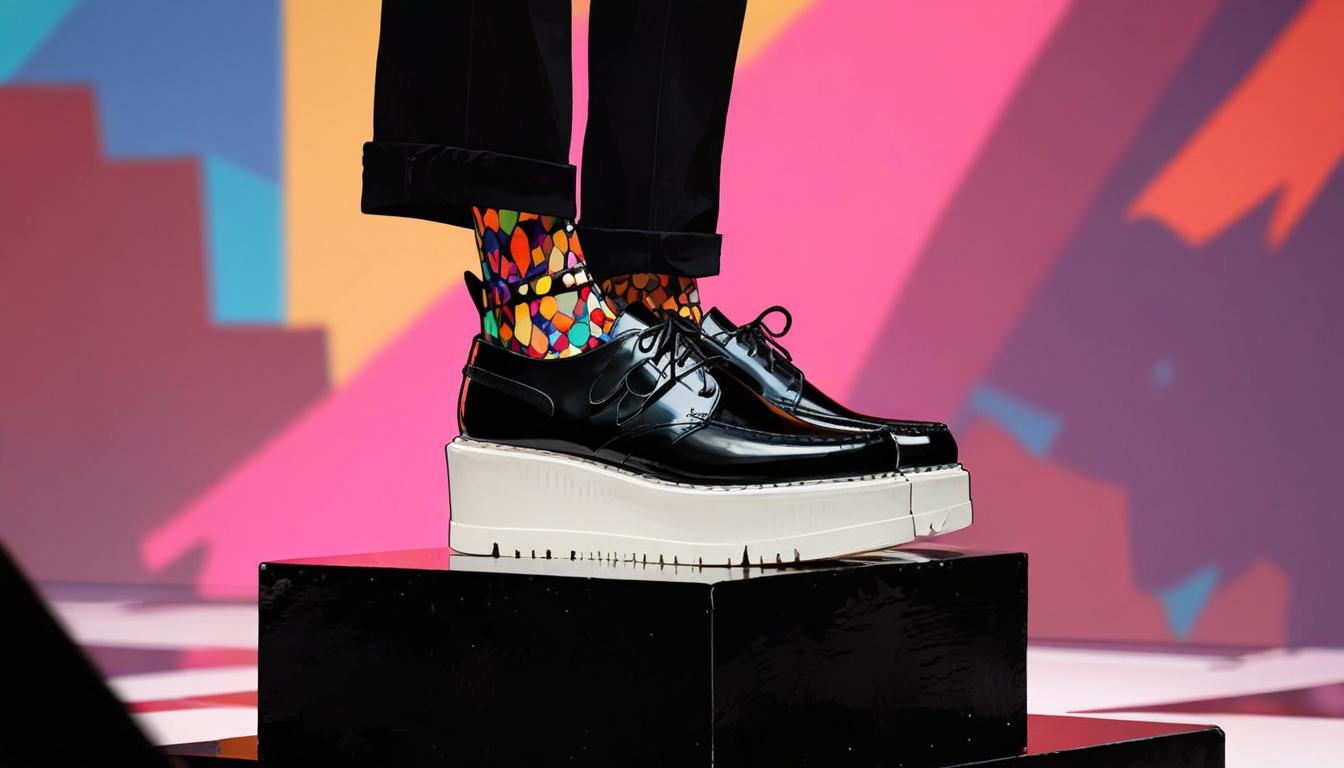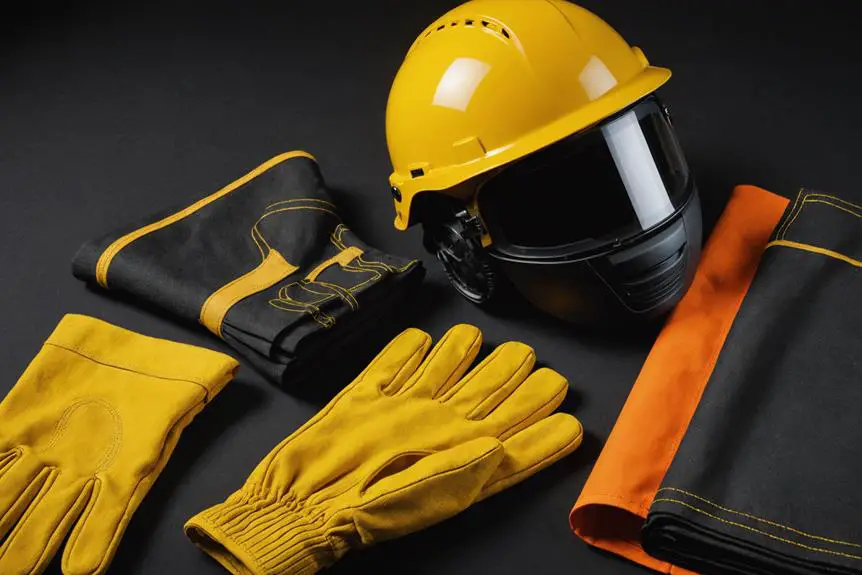Etam, stylized as “EtamGroupe,” is a French family-owned ready-to-wear clothing company with a rich history dating back to the early 20th century. Initially founded in Germany in 1916 by Max Lindemann as Strumpfhaus Etam, the company specialized in manufacturing fine, durable synthetic stockings and women’s lingerie made of muslin. This innovation catered to working women who had taken on significant roles during World War I. Over the years, Etam expanded its presence internationally, establishing its first store in Berlin and later branching out to cities like London and Paris. This early internationalization set the stage for Etam’s growth into a global fashion brand.
In 1958, Etam merged with Setamil, a muslin manufacturer founded by Martin Milchior in 1925. The merger marked the beginning of a new era, with the unified brand adopting the name “Etam” to symbolize the combined strengths of both companies. Throughout the 1960s, Etam continued to innovate, launching Etam Prêt-à-Porter in 1963 and becoming a significant player in the fashion industry. By 1965, the company had introduced automatic restocking, and by the late 1960s, it was creating iconic patterned panties and bras. These innovations helped Etam cement its reputation as a forward-thinking and influential fashion brand.
Etam’s growth continued into the late 20th and early 21st centuries, marked by strategic expansions and innovations. The group ventured into China in the mid-1990s, eventually operating thousands of points of sale across the country. In 1997, Etam Développement was listed on the Paris Stock Exchange, reflecting its solid market position. The company’s commitment to maintaining a modern and appealing brand image was evident through various collaborations with designers like Fifi Chachnil and Lolita Lempicka. Today, Etam remains a significant player in the global fashion scene, with a presence in over 55 countries and a continued focus on innovation and expansion, including recent moves into the U.S. and Mexico markets.
Etam Live Show
How to tell if Etam is vintage from the logo
Etam has undergone several logo changes over the years, reflecting its evolution and efforts to stay relevant in the fashion industry. Identifying a vintage Etam piece can be facilitated by examining the logo used during specific periods. Here is a guide to help determine the vintage status of Etam products based on their logos.
1950s to now Etam logo
- The logo from the 1950s features a stylized script font.
- The letters are smooth and connected, giving a flowing, elegant appearance.
- This logo design has been maintained with slight variations, emphasizing continuity and brand recognition over the decades.
- It’s characterized by its timeless and classic look, making it a bit challenging to pinpoint specific decades without additional context.
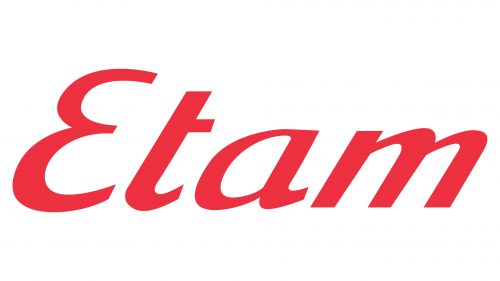
1950s to now Etam logo
1992 to 2002 Etam logo
- The 1992 to 2002 logo introduced a more modern and dynamic feel.
- The script font remained, but the letters became bolder and more angular, reflecting a contemporary style.
- The use of the color red added vibrancy and a strong visual impact to the brand identity.
- This logo signifies a period when Etam was modernizing its image to appeal to a younger audience.

1992 to 2002 Etam logo
How to tell if Etam is vintage from the tags
Etam, a well-known fashion brand, has evolved its branding and tag designs over the decades. This evolution can help in identifying the vintage nature of their garments. Below is a guide to Etam tags from different eras, which highlights the specific features and styles used during each period.
Can’t identify those vintage tags or labels? Upload a picture on our vintage tag identification page, and we’ll help you out!
1980s vintage Etam tags
- Simple and elegant design with the brand name prominently displayed.
- Occasionally accompanied by size information directly on the tag.
- Tags often feature a cursive font for the brand name “Etam.
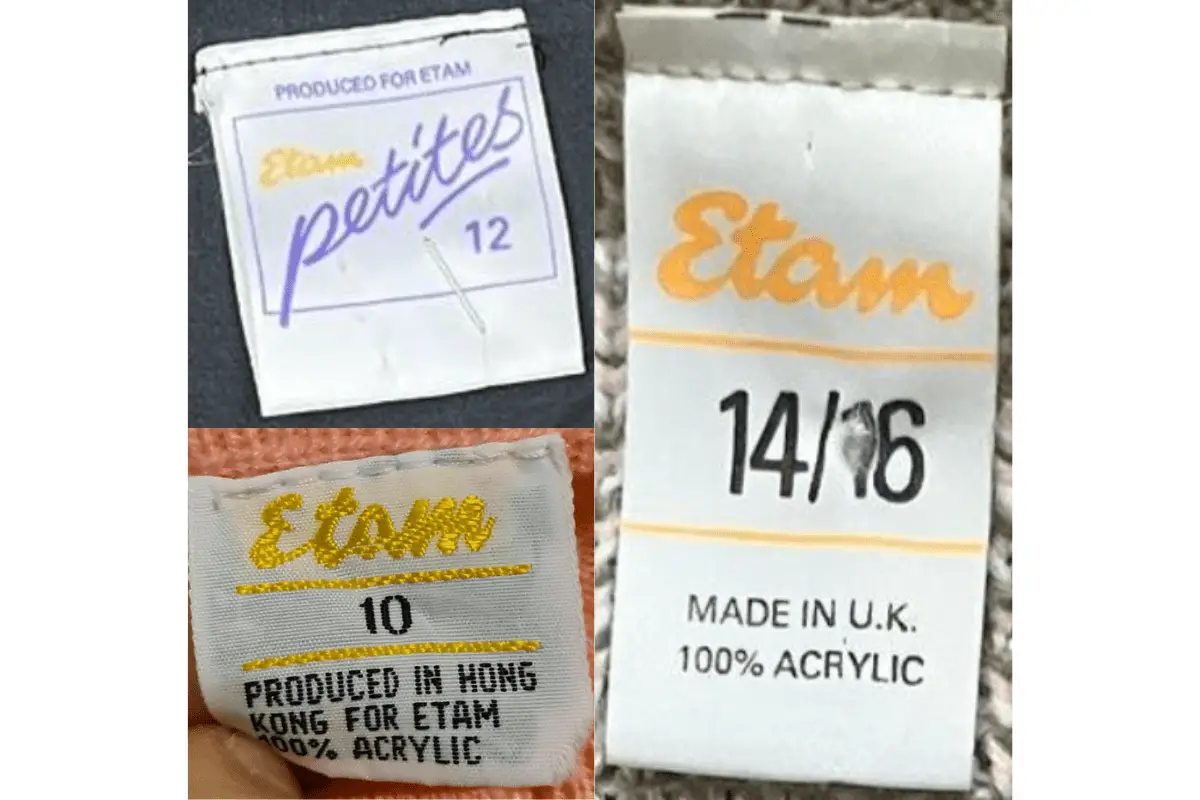
1980s Etam tags
1990s vintage Etam tags
- Tags from this era often feature a bolder font for the brand name.
- Colorful and more playful designs compared to the 1980s.
- Size information typically included, sometimes in a contrasting color to the brand name.
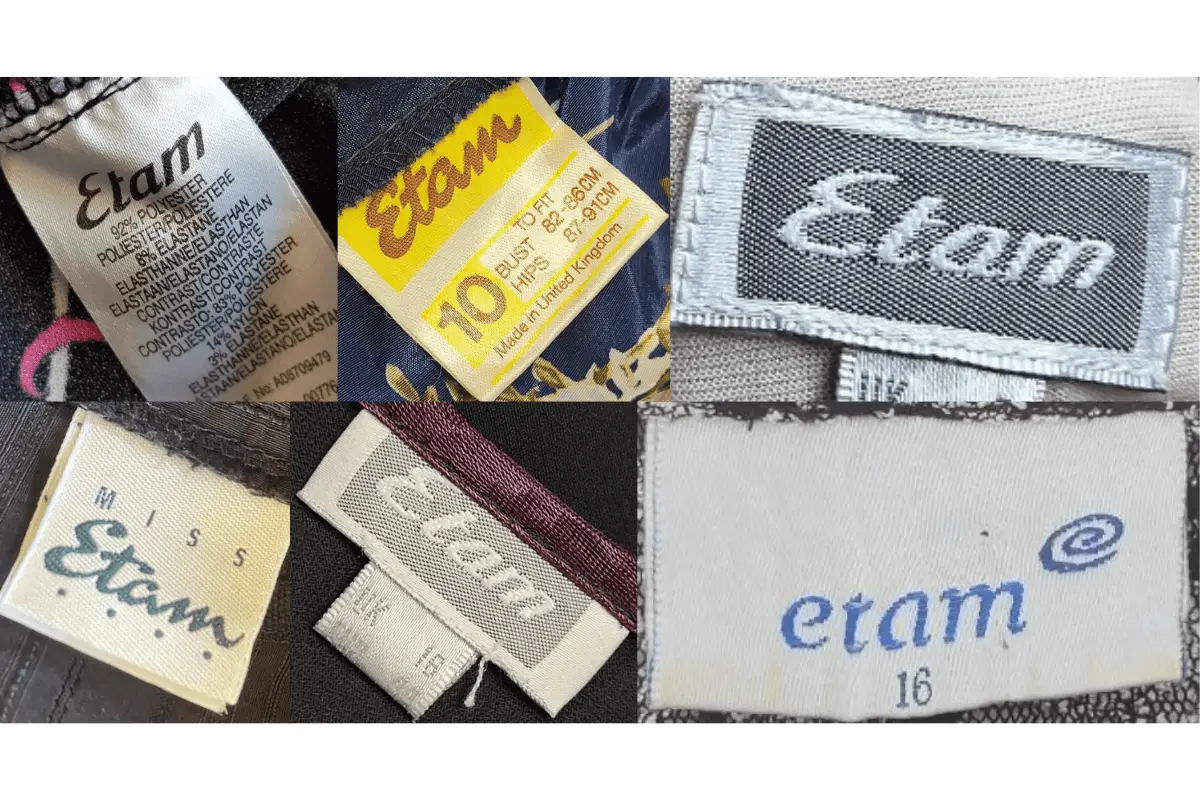
1990s Etam tags
2000s vintage Etam tags
- Modern and minimalist design with a focus on readability.
- Tags usually feature the brand name in a bold, straightforward font.
- Size and care instructions are often included on a separate, attached tag.
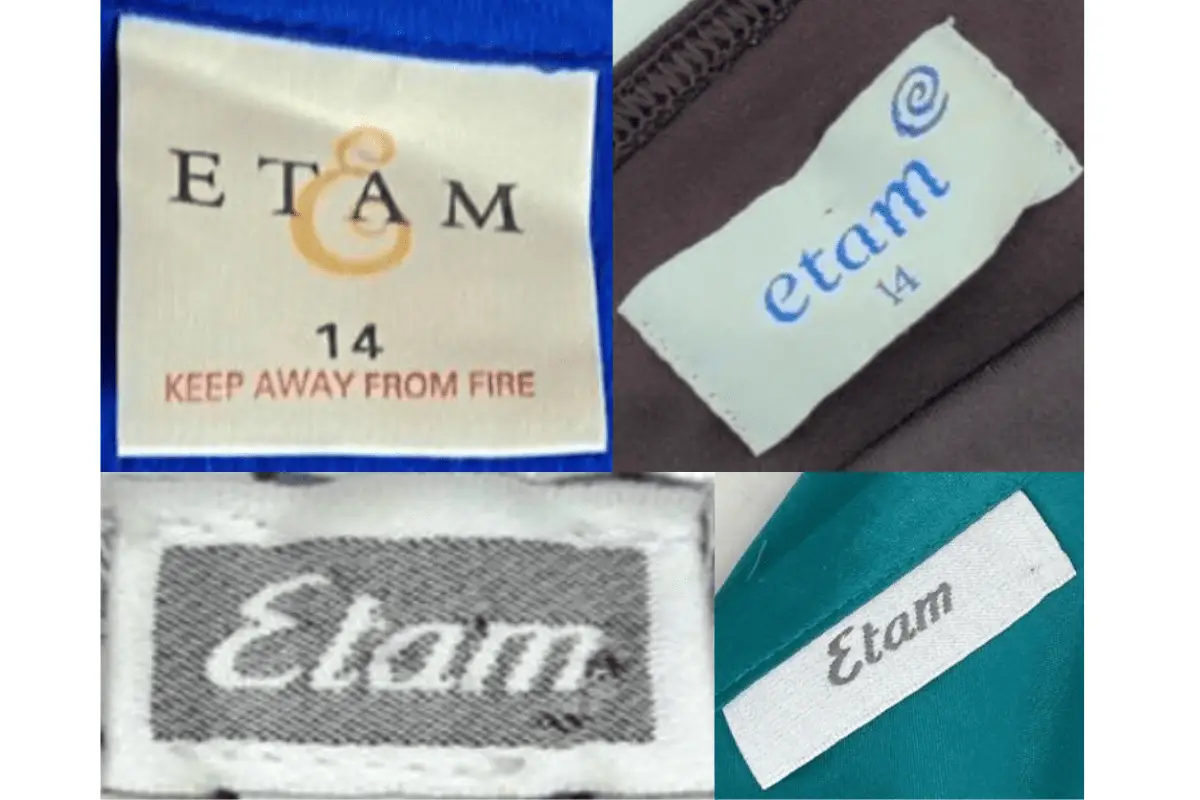
2000s Etam tags
